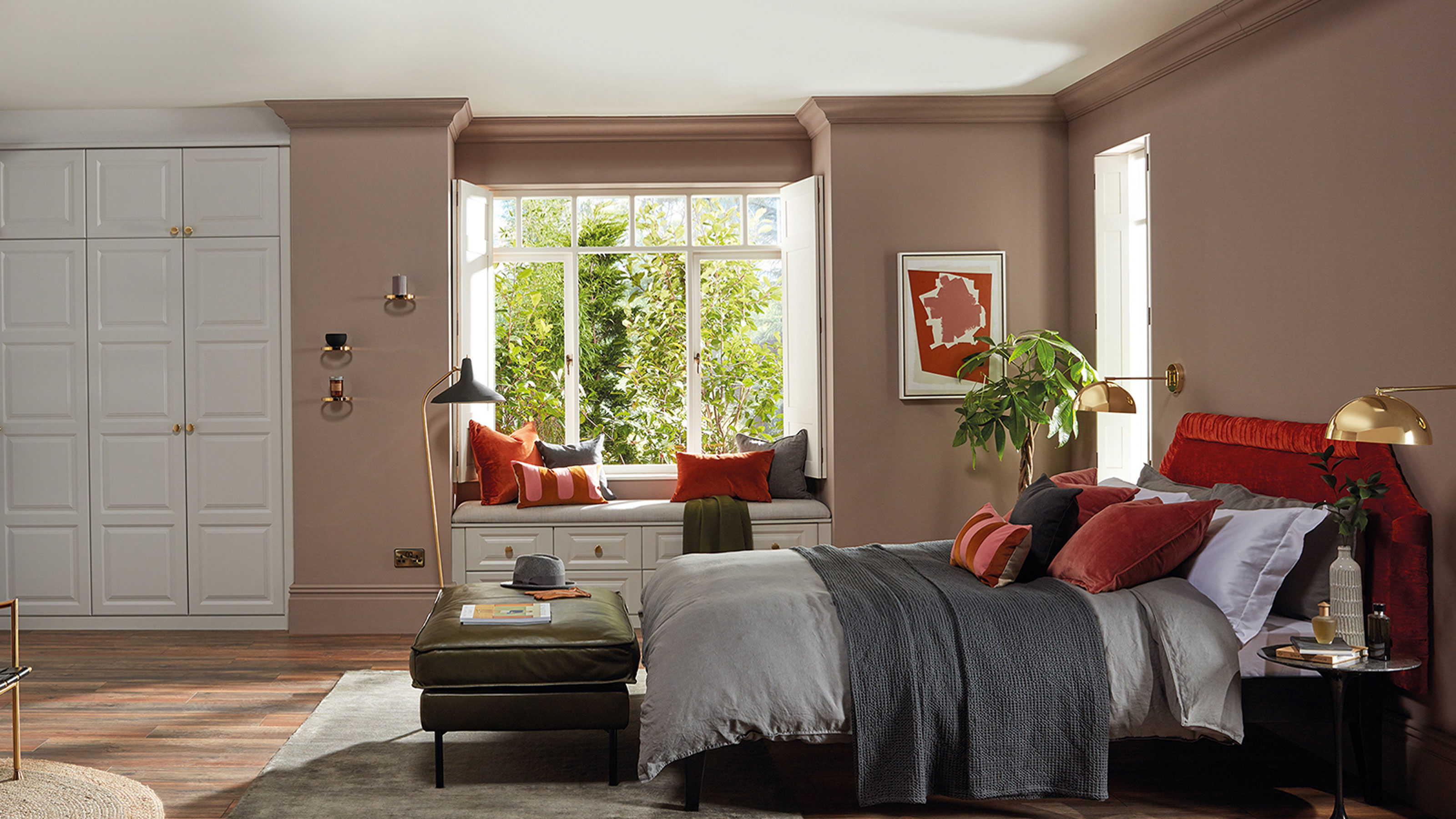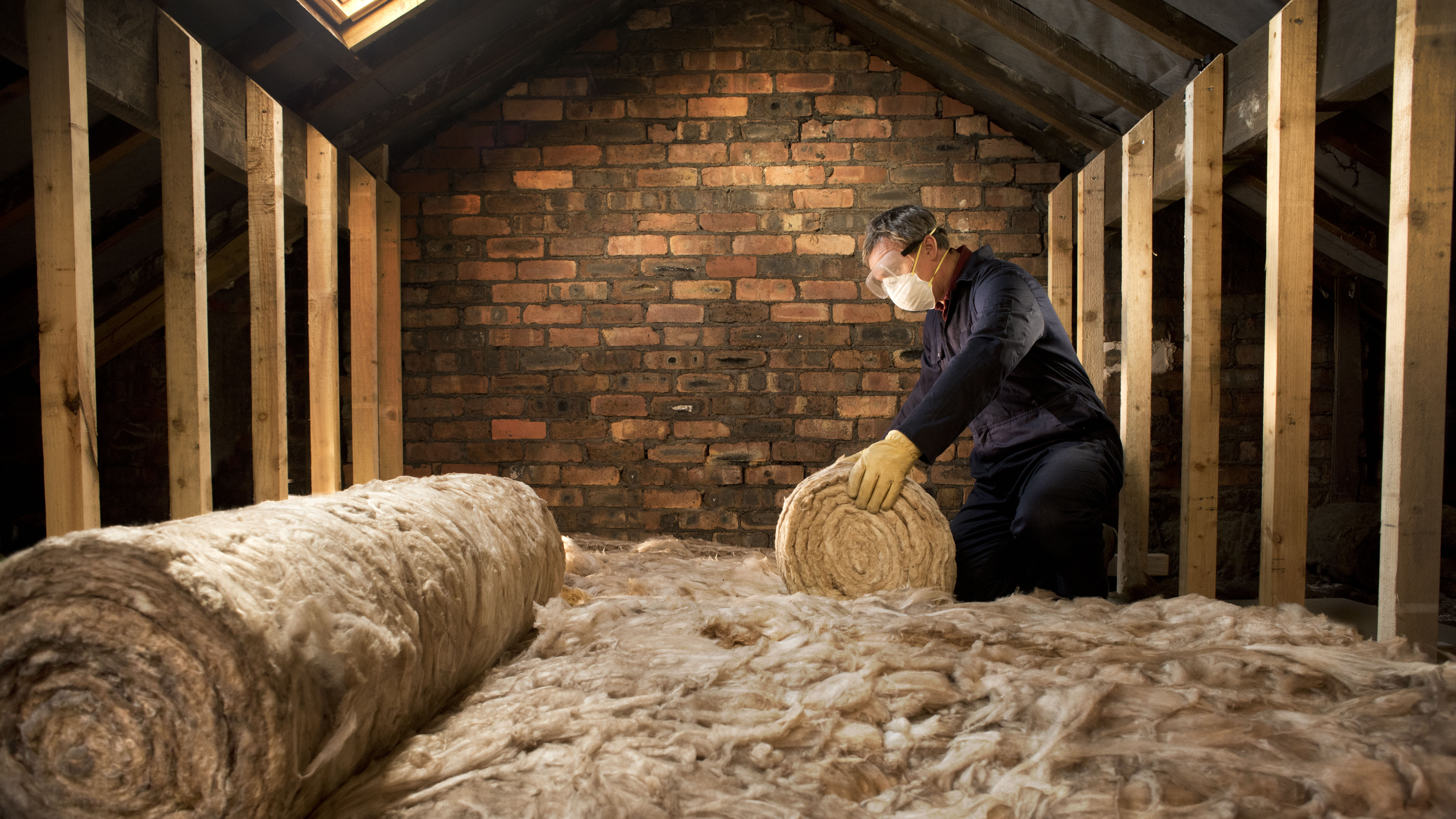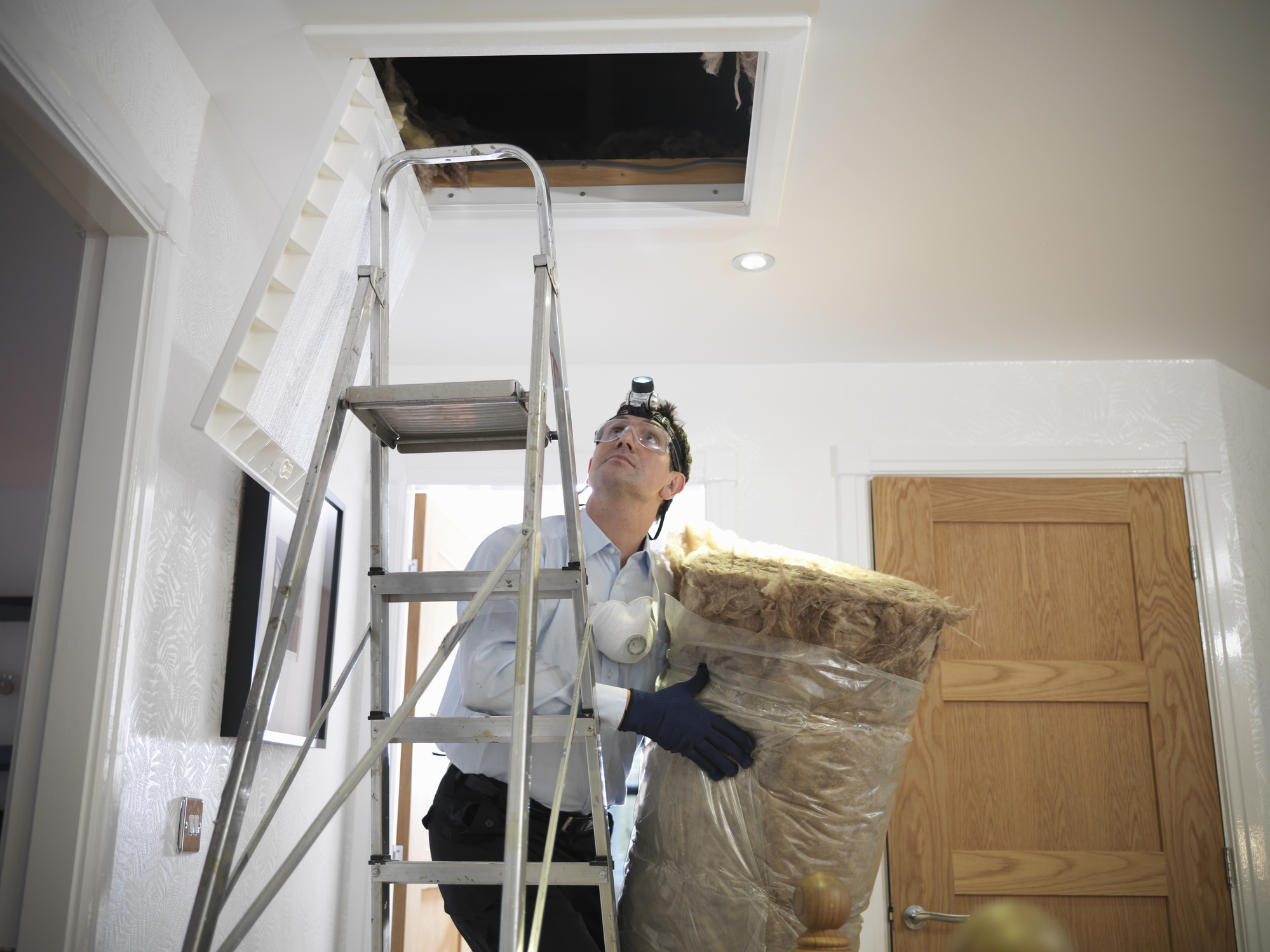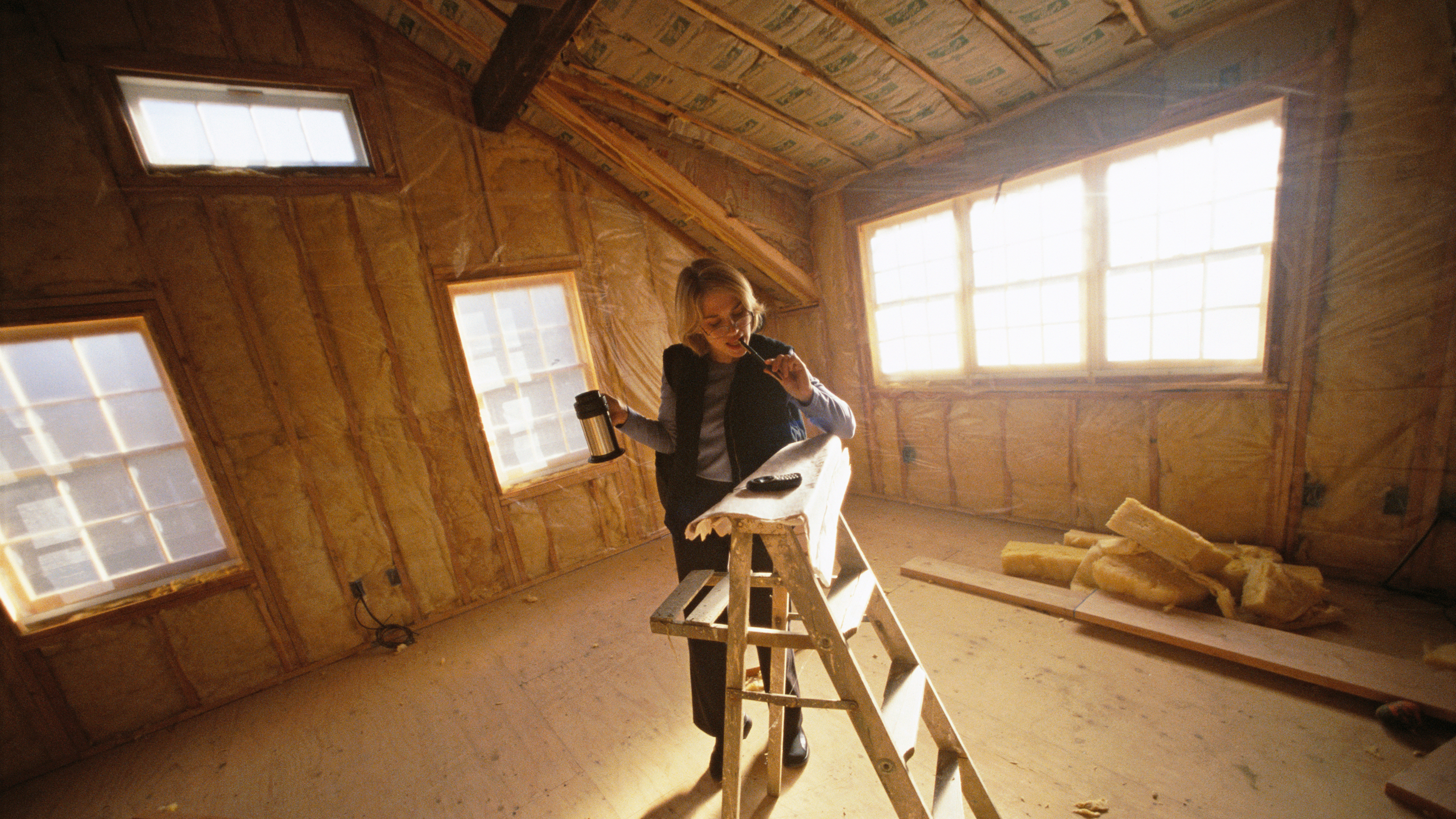
If you home was built after 1920, chances are it is of cavity wall construction. So, if you're looking into home insulation, perhaps with the idea of upgrading yours, here's what you need to know.
How can I tell if my home is suitable for cavity wall insulation?
In houses built after the 1930s, many will have a cavity, which is an empty space between the inside and outside wall. If the cavity is more than 50mm in depth, it’s worth filling it with cavity wall insulation to improve the thermal efficiency of your home.
The way that you can tell if your wall has a cavity that will be suited to this insulation type is to look at a wall and see the brick pattern. If you have lots of faces of bricks all lined up next to each other (the long rectangles of a brick), then the walls have most likely got a cavity. In contrast, if you have the face of a brick and the head of a brick (the shorter, more square end), you’ll have a brick going through the wall cavity, tying the front face and the back face of the wall together, in which case it’s best to consult an expert insulation firm on how you can insulate effectively, as the wall is most likely solid.
Today, building regulations stipulate that walls must have a specific U-value, referring to the thermal transmittance of the wall, so properties built now will already have insulation built into the structure. The focus is more about the walls of houses built between around 1930s and mid 1970s where walls were built without insulation in them, resulting in the cavity.
What's the cavity wall insulation process?
A huge benefit of cavity wall insulation is that the installation is very quick and you often won’t even see it taking place, plus it is the easiest retrofit option. It can often be installed in a morning.
To start, holes, known as mortar holes, are drilled in the bricks around every 60cm, a nozzle is inserted into the hole and insulating material enters the wall through this. The material will often be a fibrous material, such as polystyrene balls that fill up the space. When the pressure builds up, the machine automatically cuts off before moving onto the next hole to insert more material into the next section.
Installation can be done from the inside as well as outside, but bear in mind that it may cause more disruption from the inside and may damage walls. Once the insulation has been injected, the hole will be covered in with mortar that matches the existing walls.
Where can I find a supplier of cavity wall insulation?
Energy Saving Trust is the best resource for information regarding different types of insulation and for finding a supplier local to you. It’s always best to go to an impartial advisor to get unbiased information and ask for three separate quotes before committing to a deal.
Can I get a grant to fund cavity wall insulation?
You may be able to qualify for an ECO grant to help finance cavity wall insulation, but this scheme only applies to vulnerable or low-income households. Cavity and loft insulation used to be free under the government-backed Cert scheme, but this ceased at the end of 2012.
Check with your energy supplier to see what incentives they can offer as some may provide insulation as a customer benefit. Call the Energy Saving Advice Service on 0300 123 1234 to find out more.
What are the main advantages of cavity wall insulation?
It is really quick and easy to install with little disruption to a home, especially when done from the outside. The method is very affordable and you will immediately feel the benefit once it’s installed. Around 35 per cent of your home’s heat is lost through the walls, so the feeling of more warmth inside is immediate. Once installed, you’ll be warmer, more comfortable and you’ll use less heating energy so you’ll save money on your bills.
What are the drawbacks of cavity wall insulation?
The main issue is around condensation and corrosion of walls ties (a connecting piece of material between the inside and outside wall) if moisture is trapped. If the connection piece is made from metal, it may need to be ventilated so it doesn’t trap moisture, which can lead it to rust. In my own home, I had galvanised steel wall ties, so as a result, it’s much more resistant to corrosion, so did not pose a problem when cavity wall insulation was installed.
There is some question surrounding whether it’s right to put insulation into a a wall that was never built specifically for it, but the benefits outstrip the negatives in my opinion, so long as you have sufficient ventilation in place too.
What are the options to increase insulation if you discover there is no cavity?
If you don’t have cavity walls, you cannot have cavity wall insulation as there is nowhere for the insulating material to sit. In this case, you’ll need to consider other options to boost the thermal efficiency of your home, for example loft, external or floor insulation.
If you insulate externally, make sure you’re not in a conservation area, look at the detailing between yours and neighbouring houses and see what will work best. Insulating internally will most likely result in a loss of floor space as walls inside will be panelled, slightly reducing the number of square metres of the internal layout.
Oliver Heath
Oliver Heath is a sustainable architectural and interior designer with a particular interest in biophillic design – an innovative way of creating living spaces in line with nature. As a TV presenter, writer and regular face on BBC1’s DIY SOS, Oliver has a wealth of experience in sustainable architecture. He currently lives in Brighton with his wife and children.
More on keeping warm at home:
Join our newsletter
Get small space home decor ideas, celeb inspiration, DIY tips and more, straight to your inbox!
-
 Anthony Carrino reveals $8 product all renters need to help keep their home warm
Anthony Carrino reveals $8 product all renters need to help keep their home warmThe designer known for his HGTV show 'Kitchen Cousins' shares his window insulation tip to keep your home warm
By Millie Hurst Published
-
 5 ways to stop drafty doors fast — seal air leaks with help from the experts
5 ways to stop drafty doors fast — seal air leaks with help from the expertsLearn how to stop drafty doors if you're feeling a chill. Sealing air leaks is easily done DIY with quick fixes from home experts.
By Anna K. Cottrell Last updated
-
 Loft insulation – a guide to lagging a roof or attic room
Loft insulation – a guide to lagging a roof or attic roomGood loft insulation is a must to reduce heat loss and reduce energy bills. This is what you need to know about cold and warm roofs.
By Roger Hunt Last updated
-
 Attic insulation: A guide to types, costs, and how to insulate your attic
Attic insulation: A guide to types, costs, and how to insulate your atticA roofing specialist shares professional guidance for properly insulating your attic
By Carol J. Alexander Published
-
 Insulation types: from sheep's wool to rigid board, which is right for your home?
Insulation types: from sheep's wool to rigid board, which is right for your home?Choosing between different home insulation types can be a minefield, but get it right and your reward will be a warmer home and lower energy bills. Discover which insulation material is best for your project with our essential guide
By Roger Hunt Last updated